Freshwater ecosystems are home to some of the most unique and fascinating species on Earth. Sadly, many of these remarkable creatures are facing the threat of extinction. Environmental changes, pollution, and overfishing have all played a role in pushing these species to the brink. Each one of these freshwater giants holds a crucial role in their ecosystems.
Chinese Paddlefish
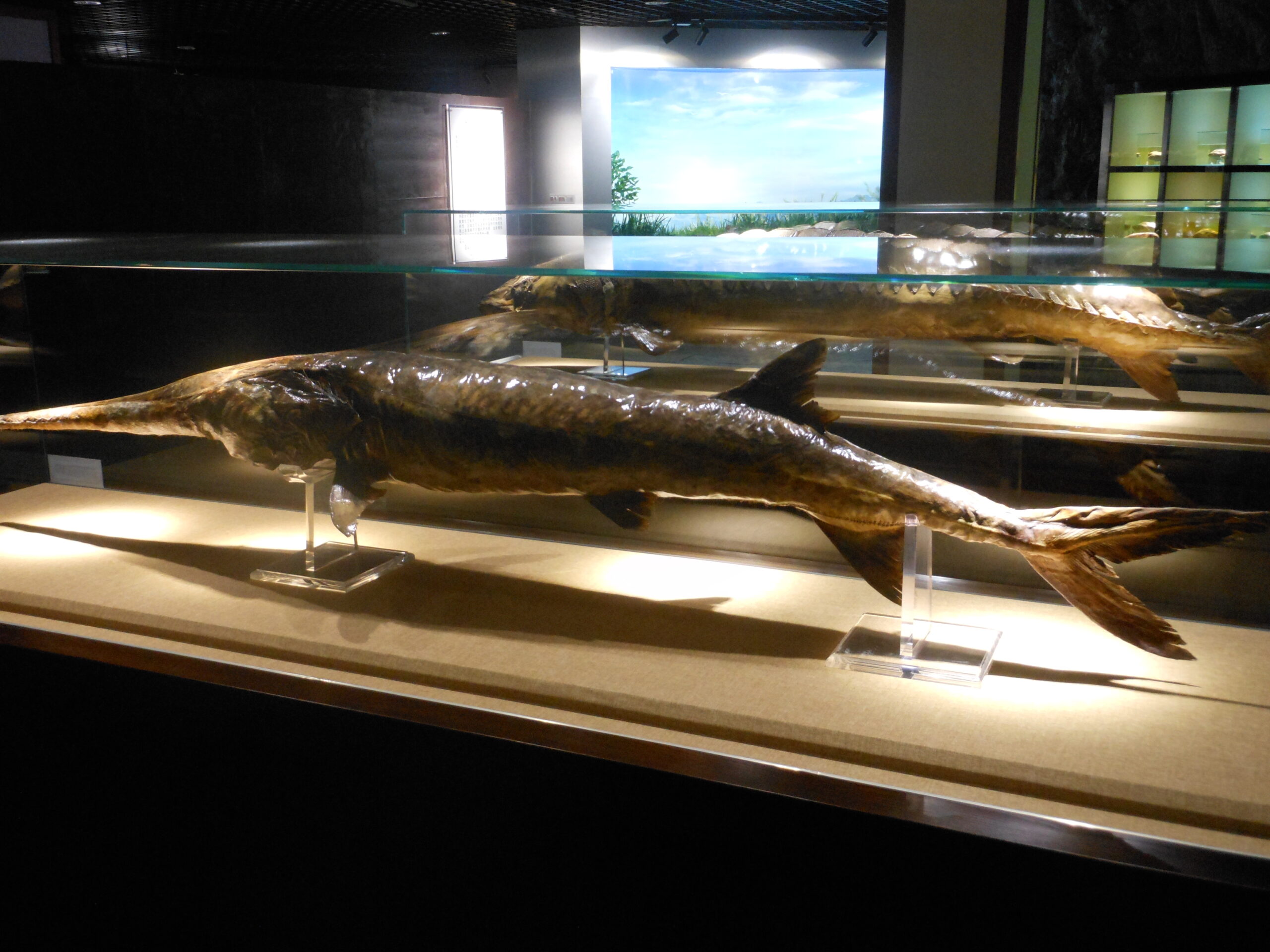
The Chinese Paddlefish, once a dominant species in the Yangtze River, has been declared functionally extinct since 2003. Known for its elongated snout and prehistoric appearance, this species could reach lengths of up to 7 meters. Habitat destruction and overfishing led to its rapid decline. While no confirmed sightings have occurred in recent years, conservationists remain hopeful for a rediscovery.
Mekong Giant Catfish
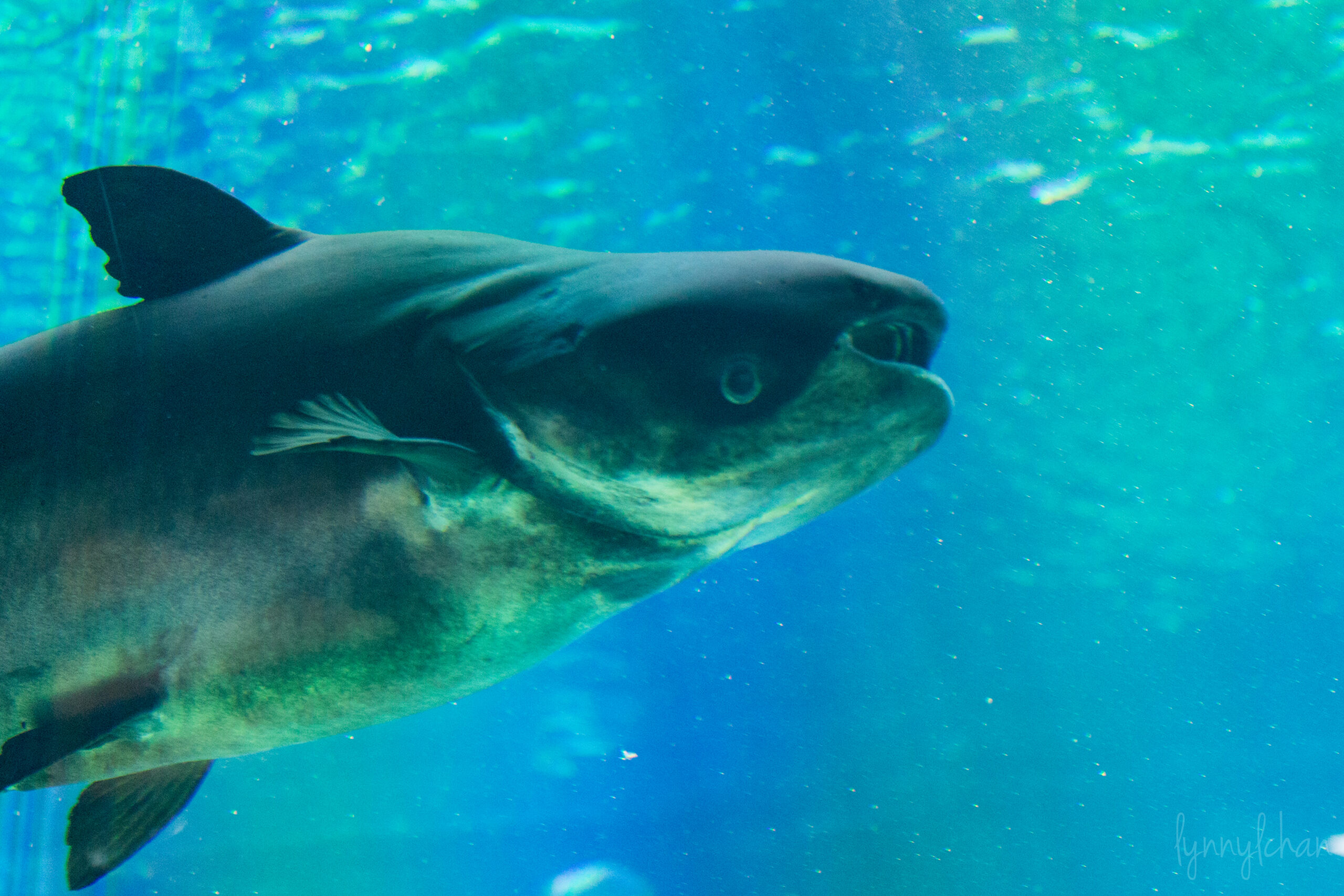
The Mekong Giant Catfish is among the largest freshwater fish in the world, capable of growing over 3 meters and weighing up to 300 kilograms. Native to the Mekong River, this fish is critically endangered due to dam construction and overfishing. Its population is estimated to be fewer than 1,000 individuals. Conservation efforts are underway, but their numbers continue to dwindle.
European Eel
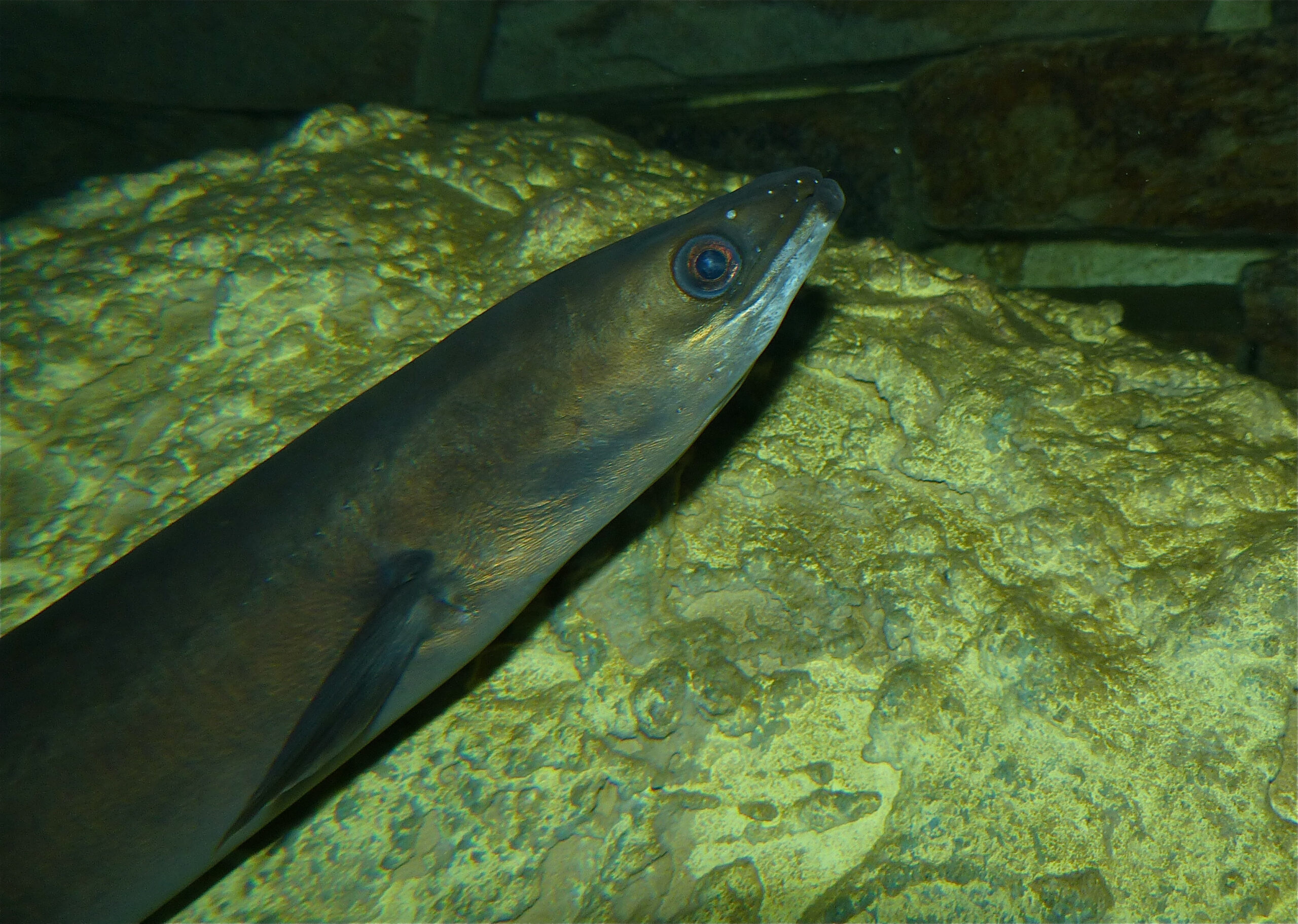
The European Eel’s lifecycle, which includes migrating between freshwater and the Sargasso Sea, is now disrupted by habitat loss and overfishing. Once abundant, its population has declined by over 90% in the last few decades. Today, illegal trade and pollution further threaten the species. Its current population is critically endangered, with recovery efforts struggling to make a substantial impact.
Adriatic Sturgeon
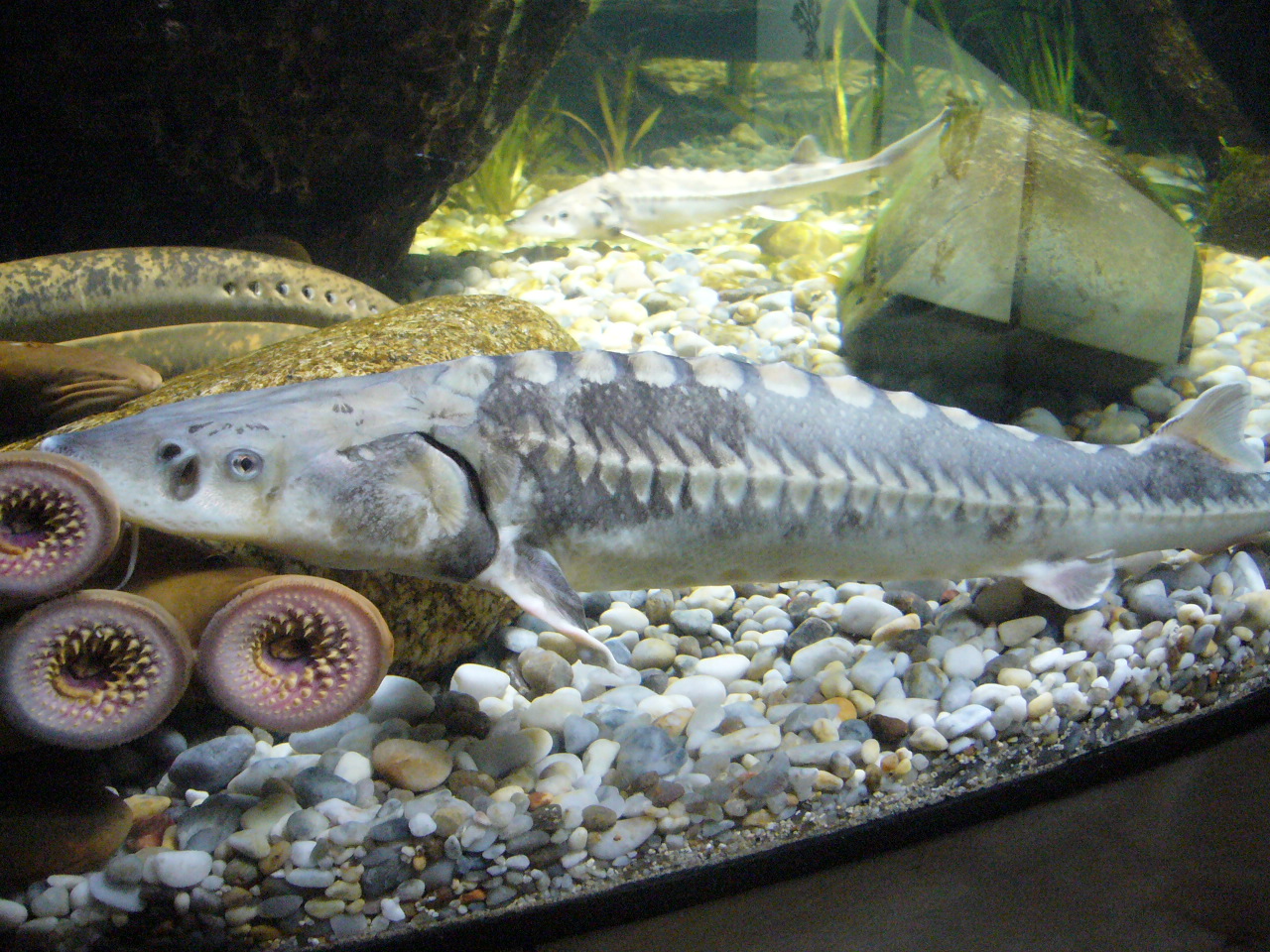
Native to the Adriatic Sea and surrounding rivers, the Adriatic Sturgeon is critically endangered. This species, vital to freshwater ecosystems, is at risk due to damming, pollution, and illegal fishing. Only a few individuals remain in the wild, with most of the population being maintained through breeding programs. Conservation actions are crucial to its survival.
Pink River Dolphin

Though not technically a fish, the Pink River Dolphin (or Amazon river dolphin) is an essential part of freshwater ecosystems in the Amazon. Once thriving, its numbers are now decreasing due to pollution, damming, and bycatch. The population is estimated to be around 10,000 individuals. Conservation groups are actively working to protect these charismatic animals from further decline.
Giant Barb
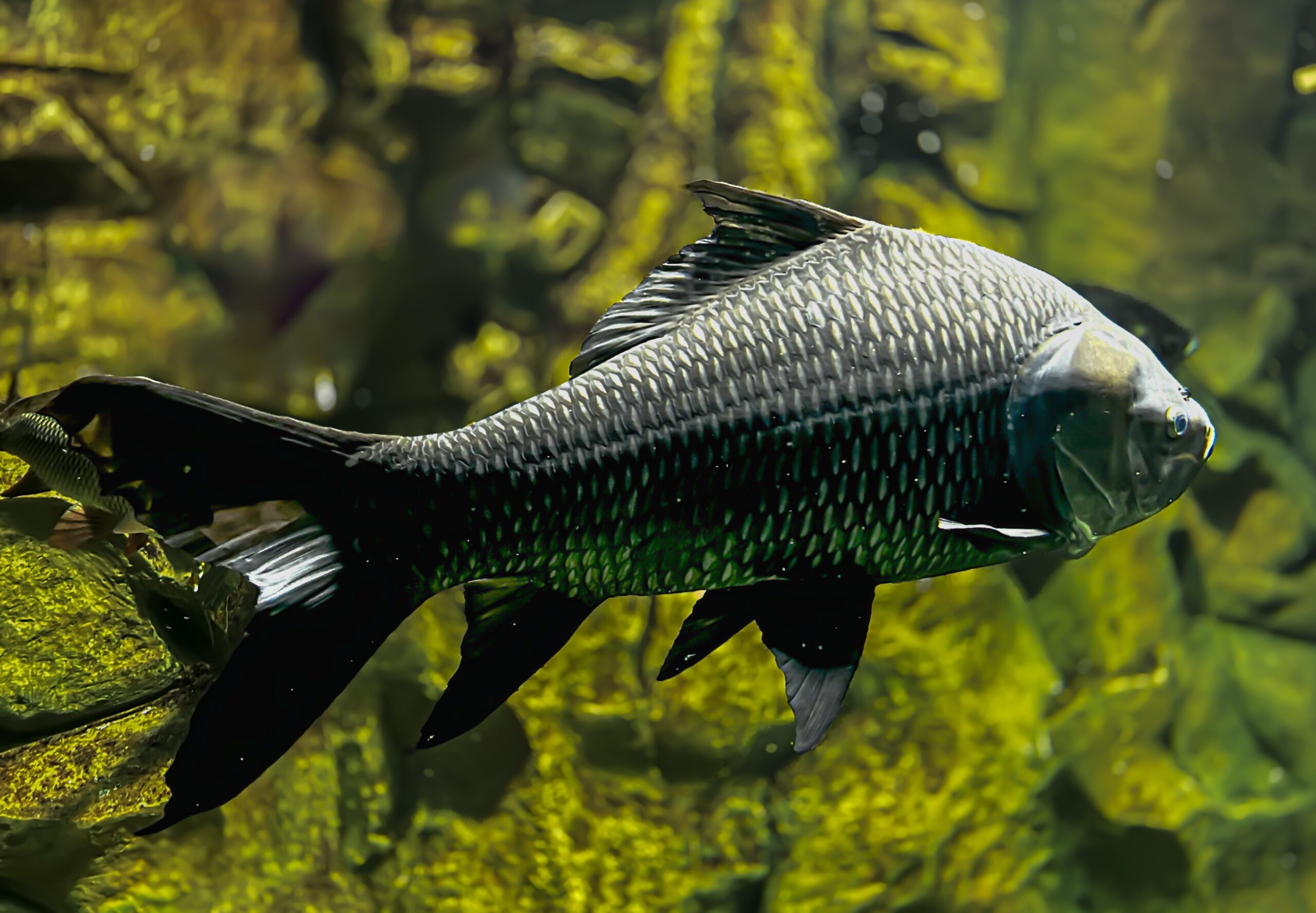
The Giant Barb, or Siamese carp, is the largest carp species and can weigh over 300 kilograms. Once a common sight in the Mekong Basin, the species has become critically endangered due to habitat loss and overfishing. Its population is now estimated to be less than 1,000 individuals. Efforts are being made to restore its numbers through breeding programs.
Freshwater Sawfish
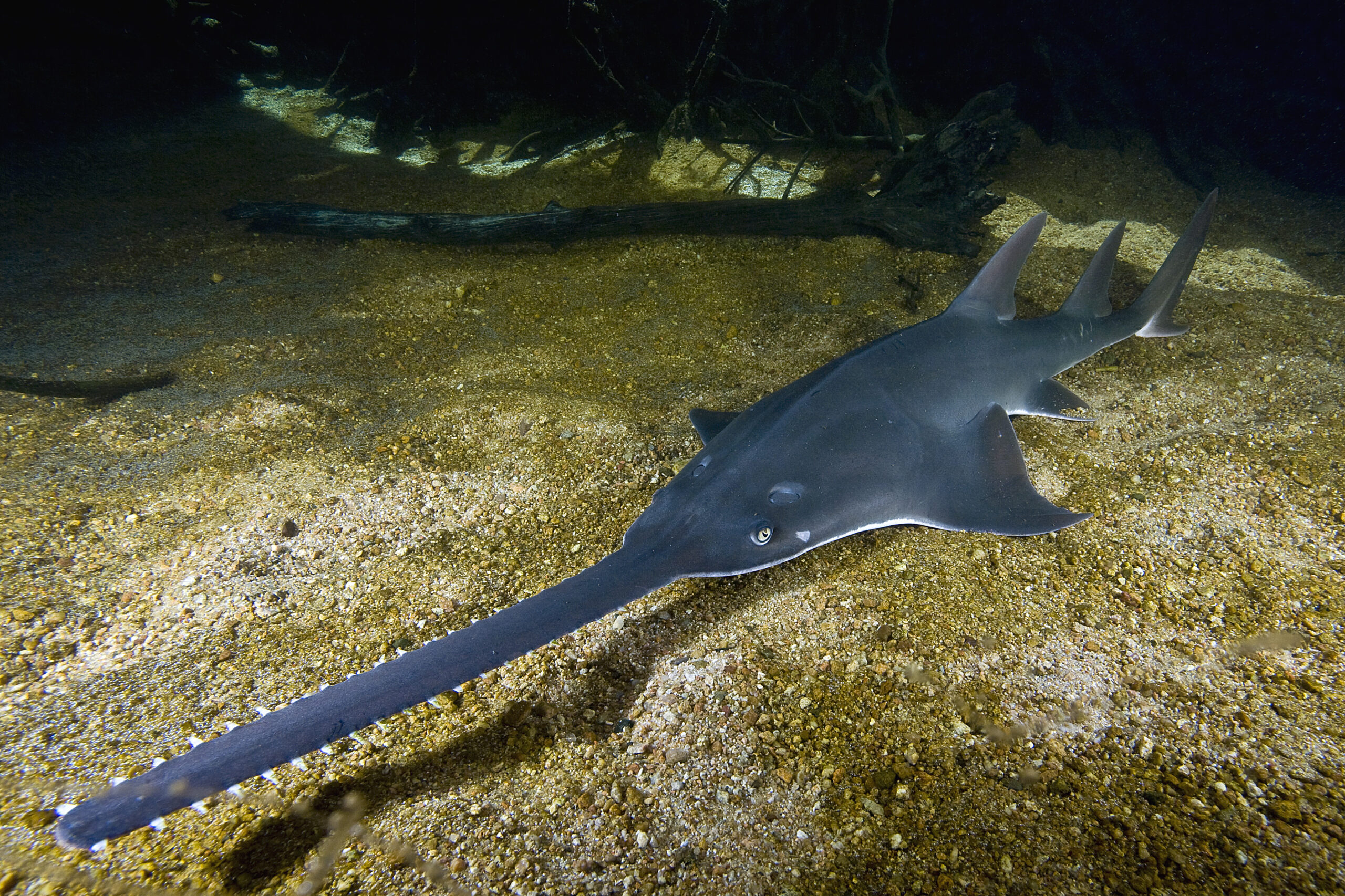
The Freshwater Sawfish is a unique species known for its long, saw-like snout, which it uses to detect prey. Found in northern Australia’s river systems, this fish faces threats from habitat degradation and fishing. Its population is critically endangered, with fewer than 2,000 individuals believed to remain in the wild. Conservationists are working hard to save this species from extinction.
White Sturgeon
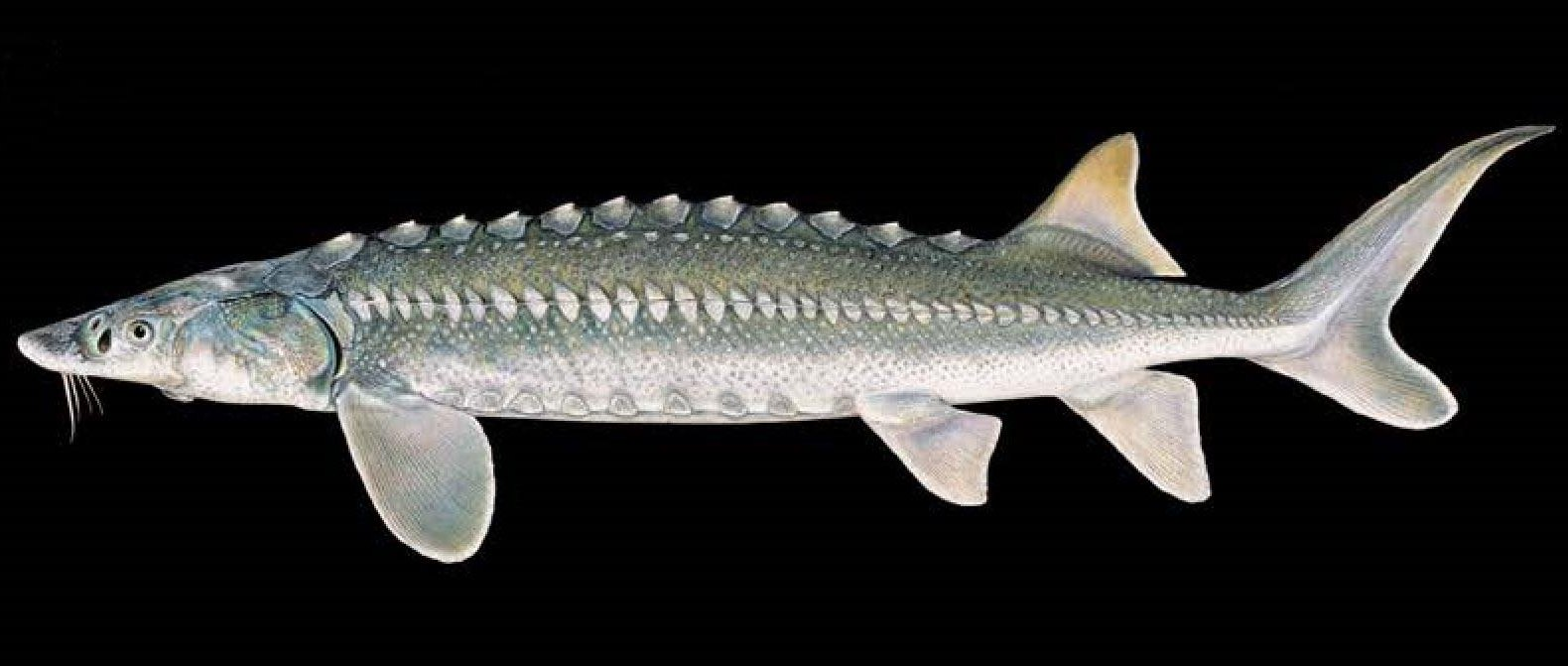
The White Sturgeon, the largest freshwater fish in North America, can grow up to 6 meters in length. Found primarily in the rivers of the Pacific Northwest, this ancient species faces threats from habitat loss and overfishing. With an estimated population of around 15,000 individuals in the wild, their numbers have significantly declined in recent years. Conservation efforts focus on habitat protection and sustainable fishing practices to prevent further decline.
Taimen

Taimen, known as the “river wolf,” is one of the largest species of salmon in the world, growing up to 2 meters long. Native to rivers across Mongolia and Siberia, this fierce predator is now critically endangered. Habitat destruction, illegal fishing, and water pollution have drastically reduced their numbers. Fewer than 1,000 individuals remain in many of their native rivers, and conservation efforts are vital for their survival.
Coelacanth
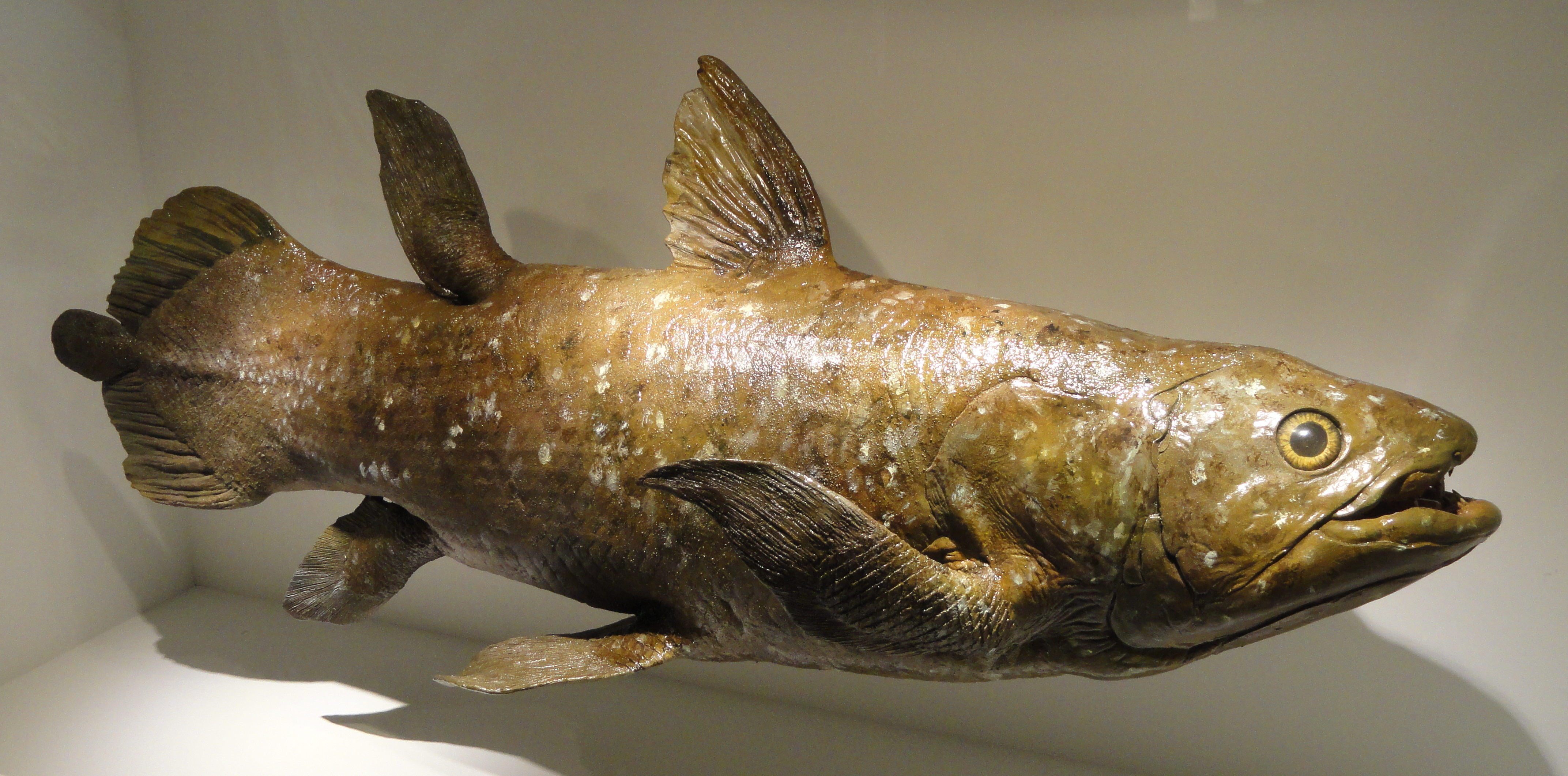
Once thought to be extinct, the Coelacanth was rediscovered in 1938 off the coast of South Africa. This ancient fish, often called a “living fossil,” can reach up to 2 meters in length. Its slow reproductive cycle and habitat degradation have made the species vulnerable. There are fewer than 500 individuals left, primarily in deep waters off the coasts of South Africa and Indonesia.
Baikal Seal
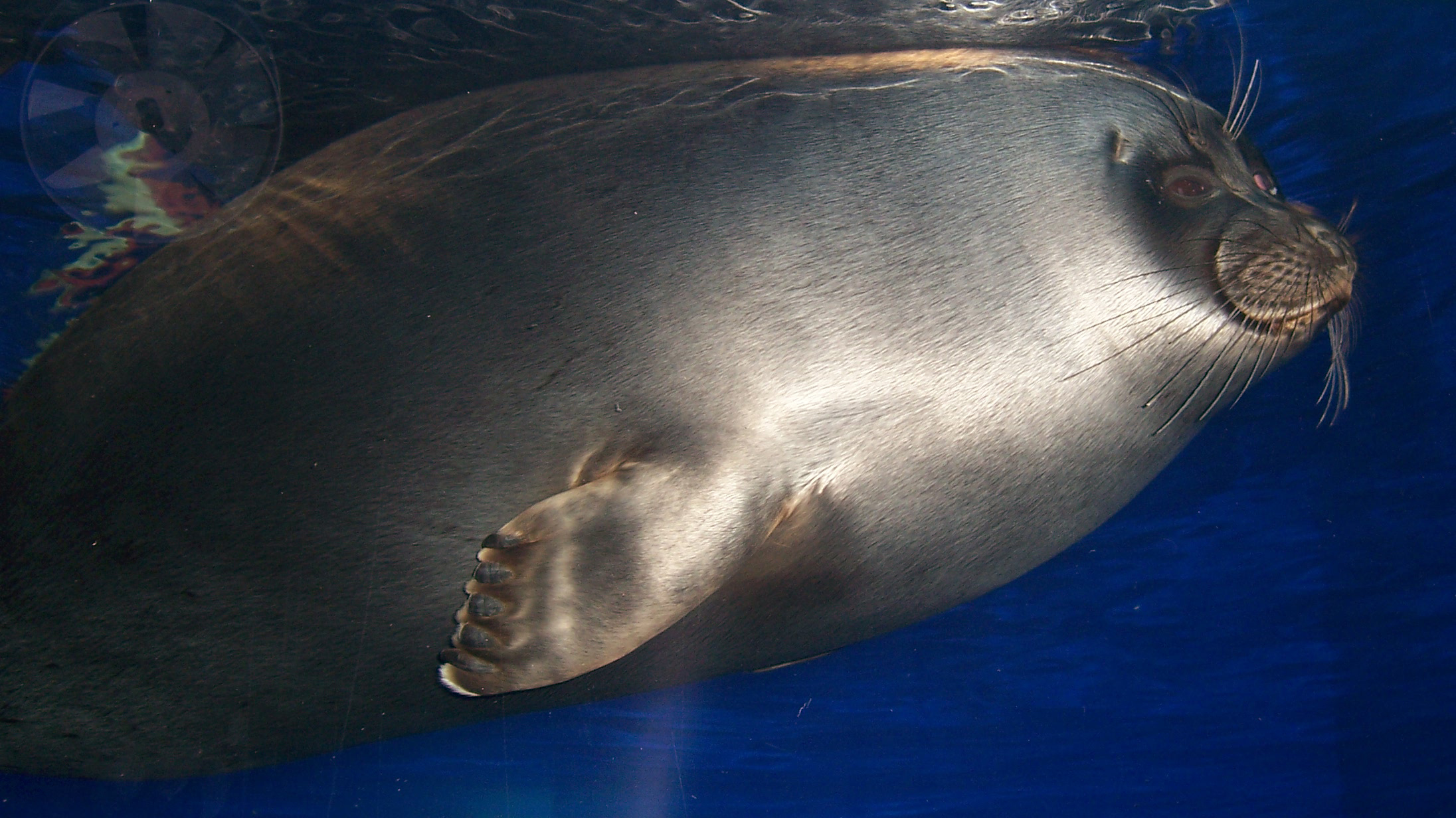
The Baikal Seal, the only seal species that lives entirely in freshwater, is native to Lake Baikal in Siberia. These seals are critically threatened due to pollution and climate change affecting their icy habitat. Currently, their population is estimated at around 60,000 to 80,000 individuals. Conservationists are working to protect Lake Baikal’s ecosystem to ensure the species’ survival.
Axolotl
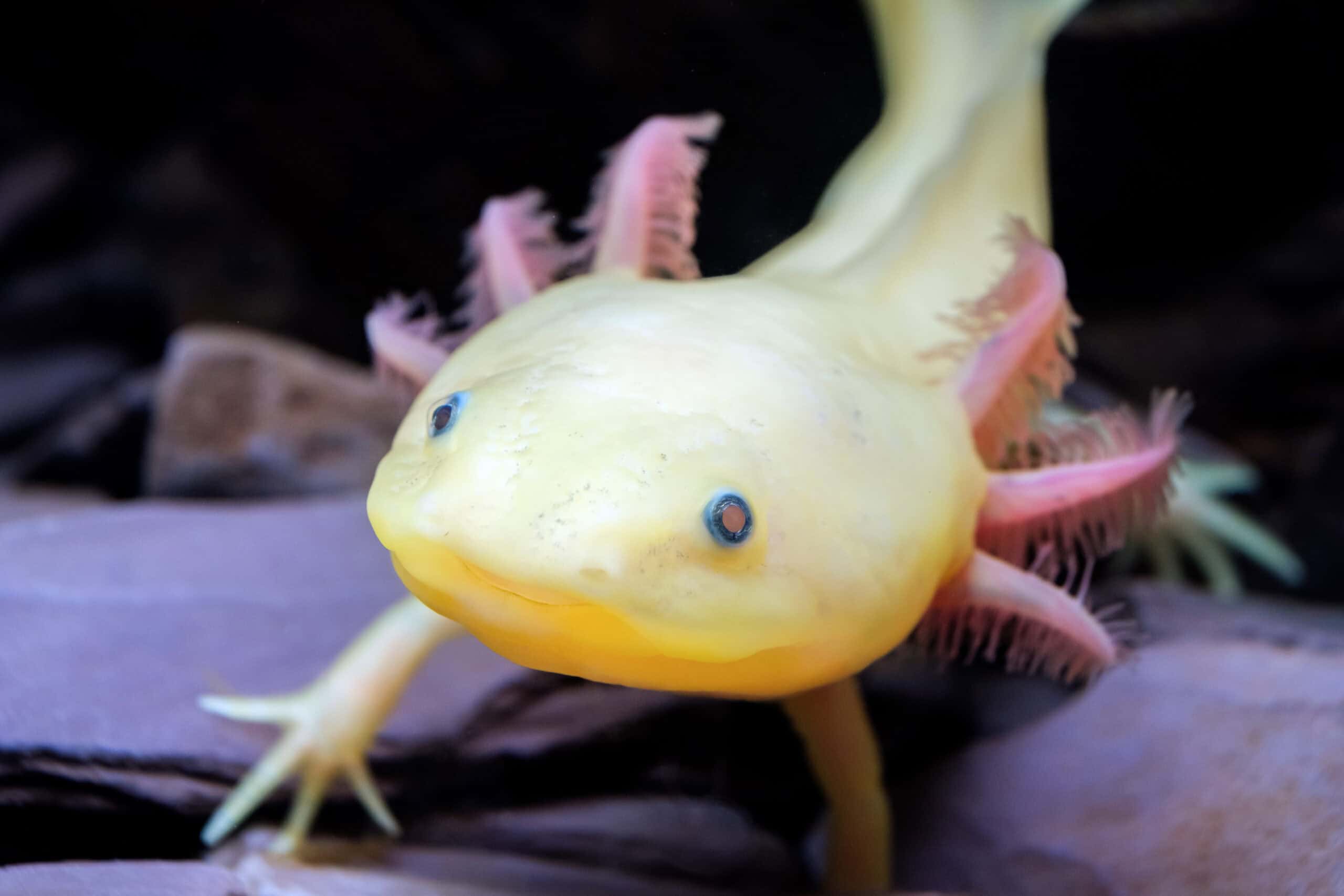
The Axolotl, a unique amphibian from Mexico, is renowned for its ability to regenerate limbs. Once abundant in the lakes of Xochimilco, this species has become critically endangered due to habitat destruction and pollution. Fewer than 1,000 individuals remain in the wild, with most surviving in captivity or through conservation breeding programs. Efforts are being made to restore their natural habitat and boost their wild population.
Golden Mahseer
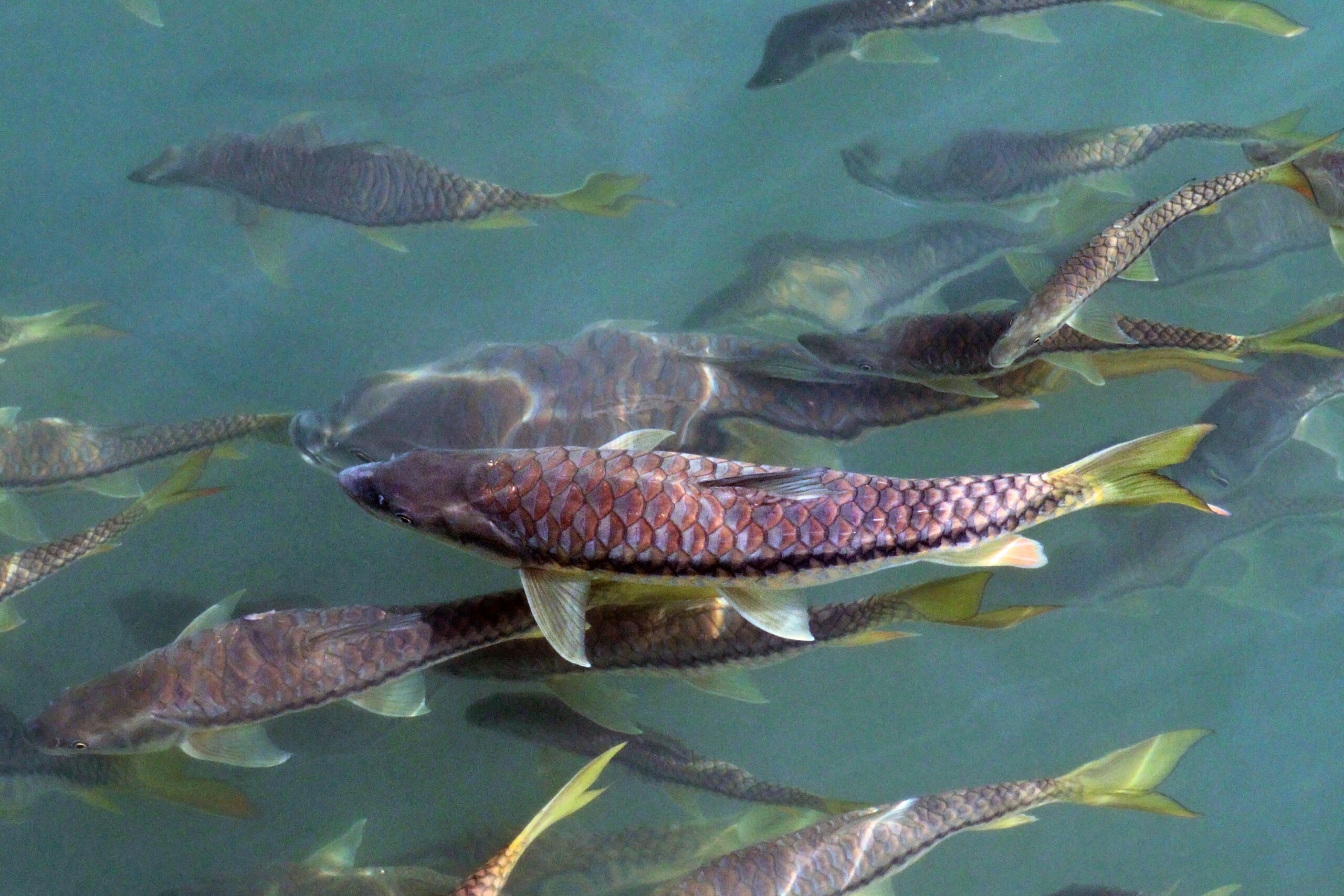
The Golden Mahseer, known for its striking golden scales, is a freshwater fish found in rivers across the Indian subcontinent. Overfishing, damming, and pollution have led to a sharp decline in its numbers. The current population of this species is unknown, but it is considered critically endangered. Conservation programs are working on restoring their habitats and regulating fishing practices to preserve this majestic fish.
Pallid Sturgeon
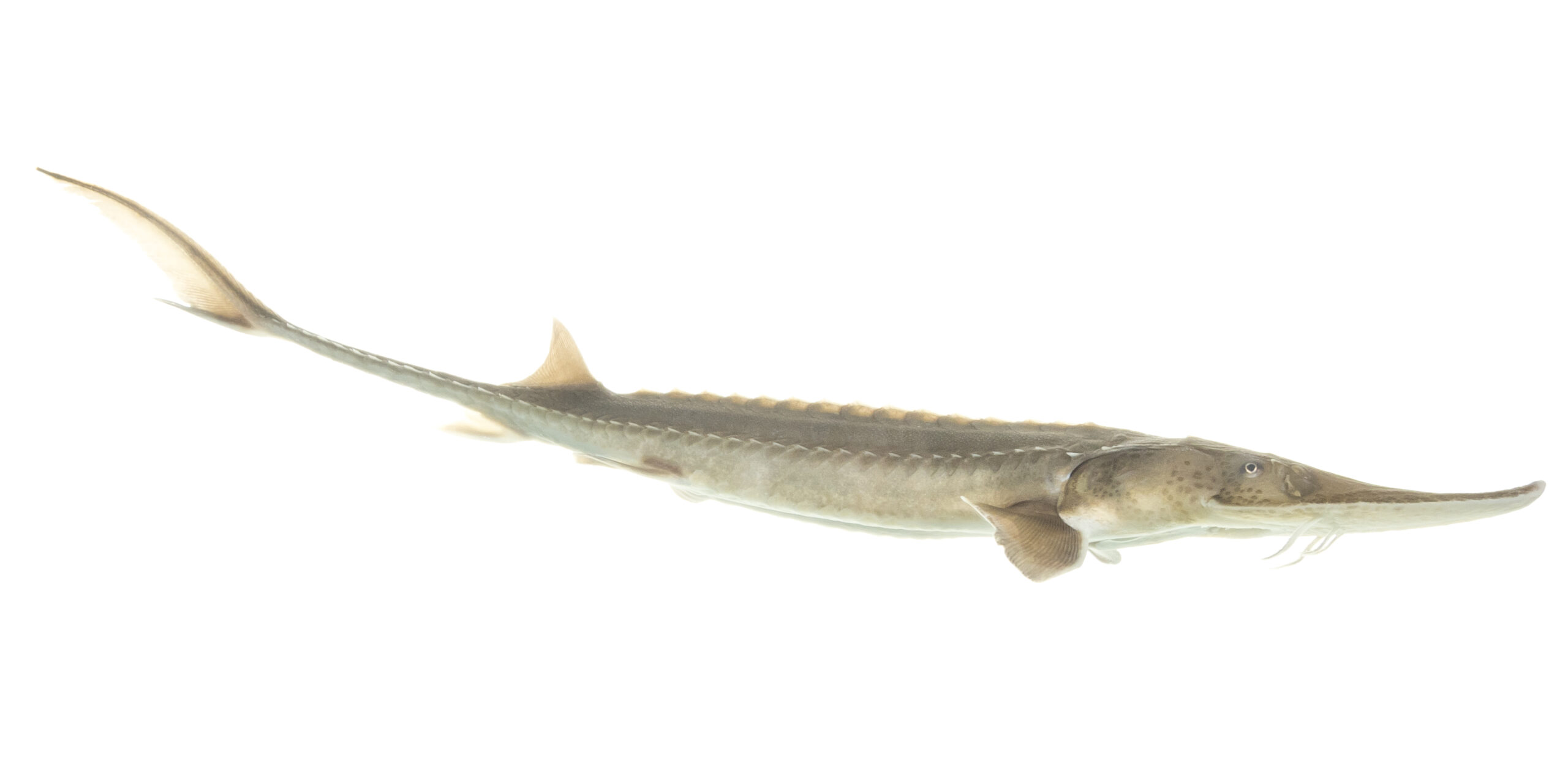
The Pallid Sturgeon, native to the Missouri and Mississippi River basins, is a prehistoric fish that has been on Earth for over 70 million years. Habitat changes due to damming and river modification have severely impacted its population. Fewer than 200 individuals are estimated to remain in the wild. Conservationists are focusing on breeding programs and habitat restoration to bring this species back from the brink of extinction.
Devil’s Hole Pupfish
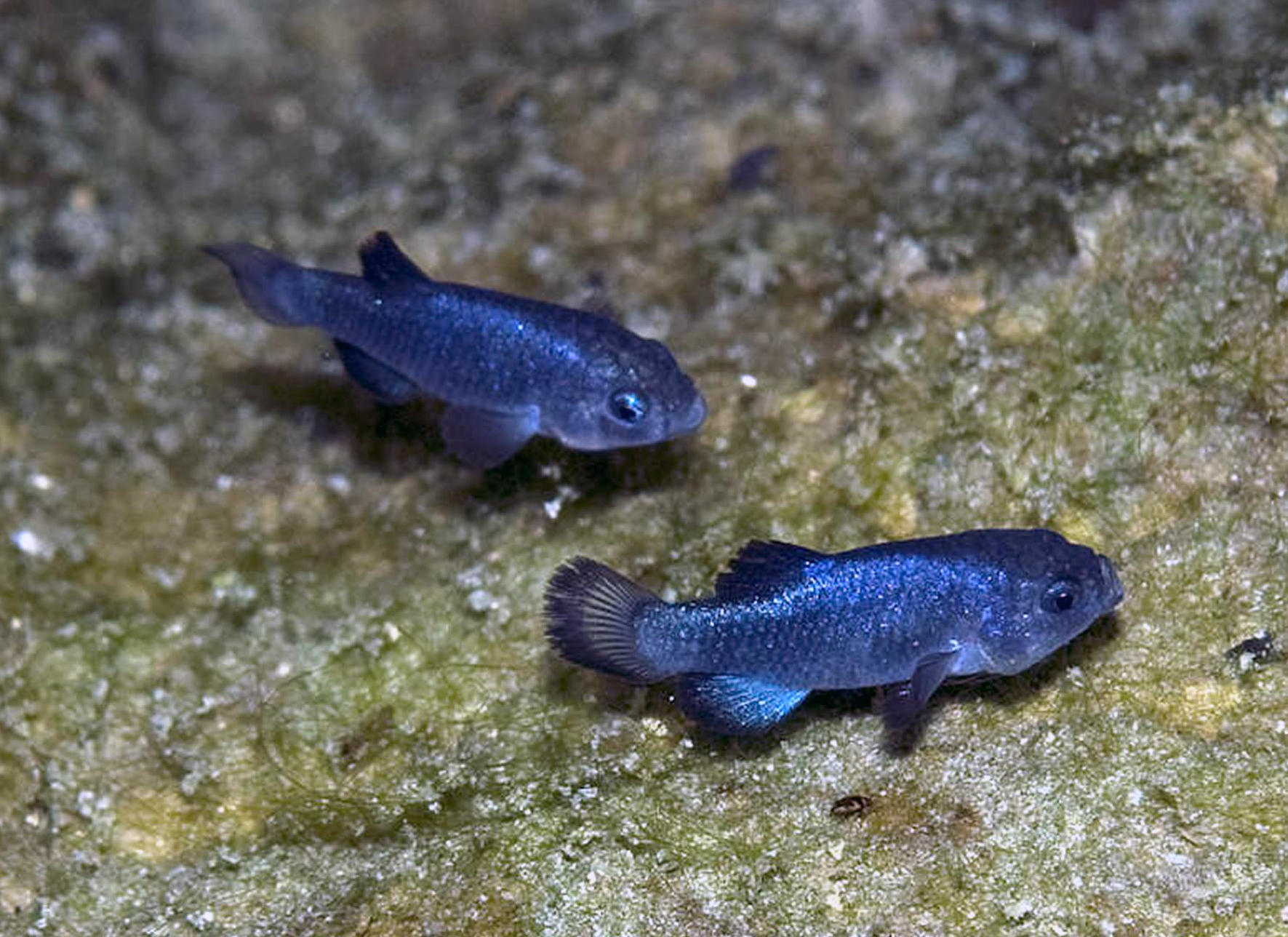
The Devil’s Hole Pupfish is one of the rarest fish in the world, found only in a single deep water-filled cavern in Nevada. This tiny, vibrant blue fish measures just over an inch long. Due to its extremely limited habitat, its population has dropped to fewer than 200 individuals in recent years. Conservation efforts focus on carefully managing water levels and protecting the habitat from human impact.
Giant Pangasius

Native to the Mekong River, the Giant Pangasius is a massive freshwater fish that can reach up to 3 meters in length. It faces severe threats from overfishing and habitat loss due to dam construction. Its population is critically endangered, with fewer than 1,000 individuals remaining in the wild. Conservation efforts are crucial to preserving this species and maintaining the health of the Mekong ecosystem.
Rio Grande Silvery Minnow

The Rio Grande Silvery Minnow was once one of the most abundant fish in the Rio Grande Basin. Due to habitat loss and water diversion for agriculture, it is now critically endangered. Less than 7% of its original population remains, with fewer than 50,000 individuals estimated. Conservationists are working to restore river flows and protect its remaining habitat.
Alabama Sturgeon
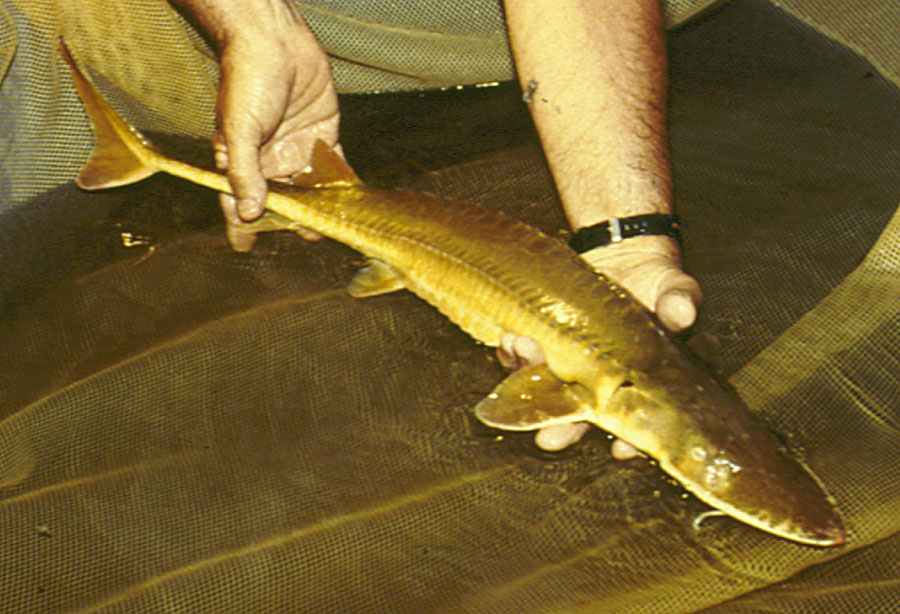
The Alabama Sturgeon, native to the rivers of Alabama, is critically endangered due to overfishing and habitat destruction from dam construction. Only a few individuals remain in the wild, with population numbers estimated to be below 100. Conservation efforts focus on breeding programs and habitat restoration to prevent the species from going extinct.
Gila Topminnow
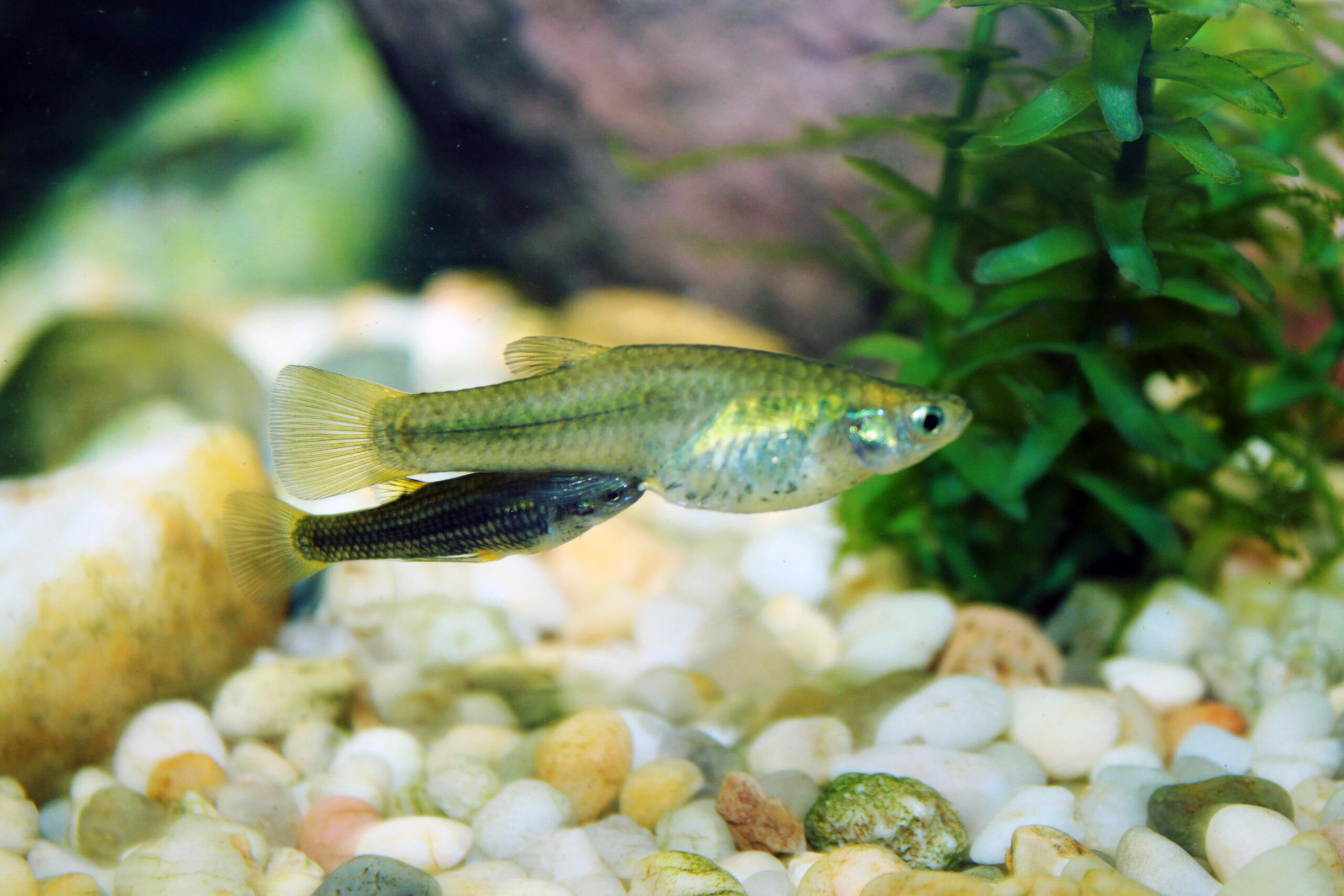
The Gila Topminnow is a small fish native to the rivers and streams of the southwestern United States. Habitat degradation, invasive species, and water pollution have led to its sharp decline. Fewer than 50 populations remain, many of which are found in protected areas. Conservation programs aim to restore their habitats and remove invasive species to allow their numbers to recover.
European Mudminnow
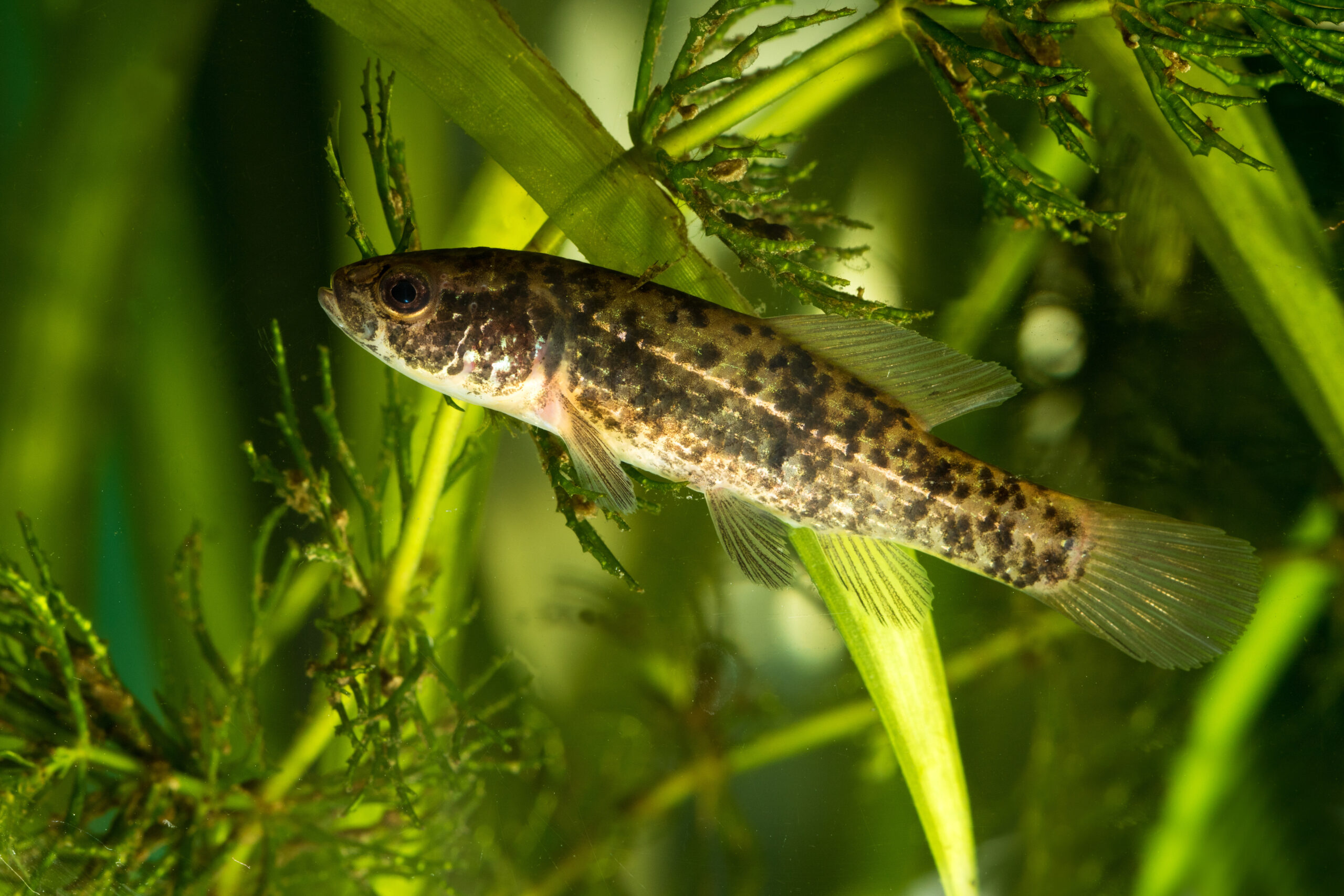
The European Mudminnow is a small, resilient fish found in the slow-moving waters of Eastern Europe. Habitat loss and water pollution have led to a rapid decline in their population. Currently, it is classified as near threatened, though precise population numbers are unknown. Conservation efforts are focused on protecting wetlands and reducing pollution to save this species.
African Tigerfish
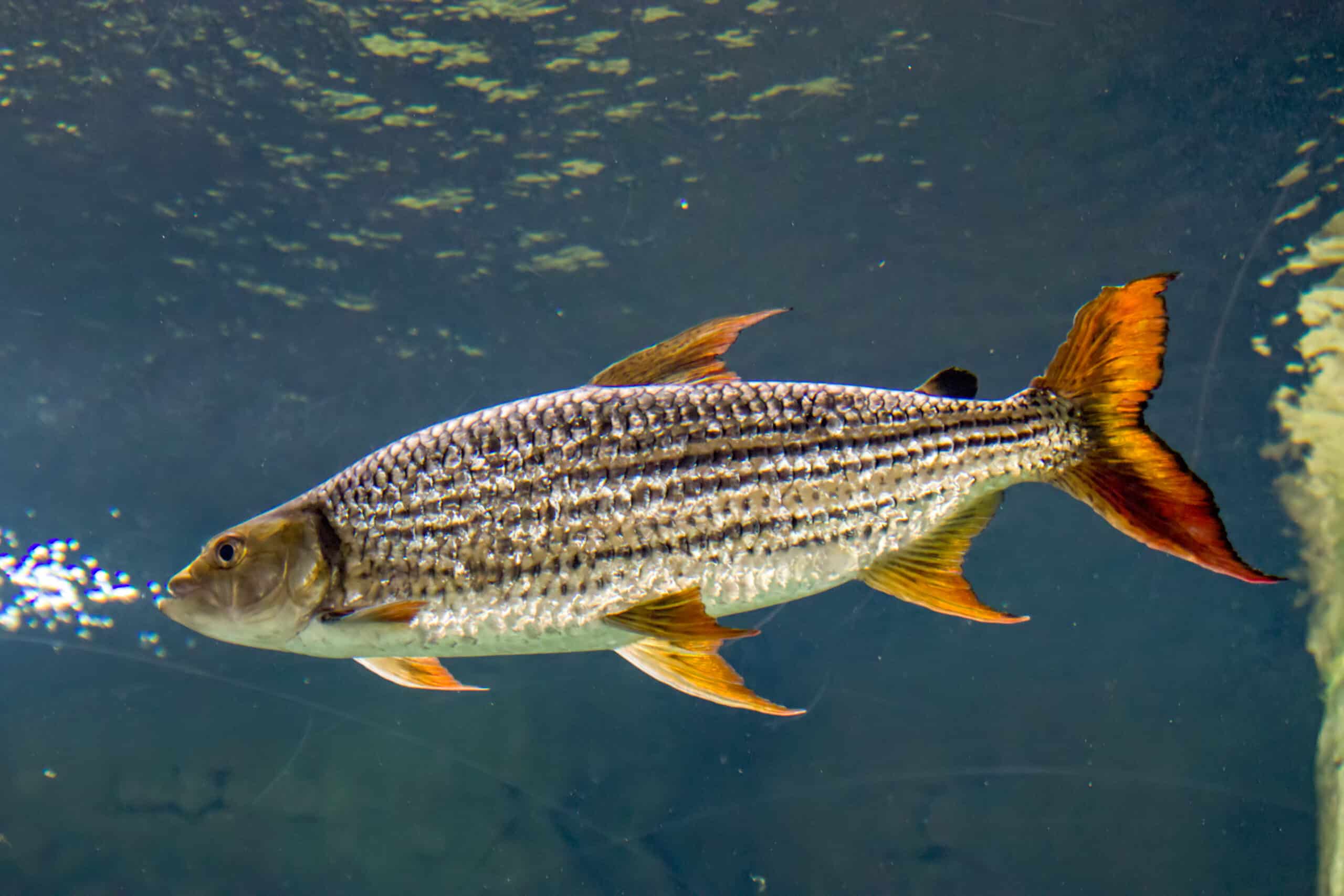
The African Tigerfish, a fierce predator known for its sharp teeth and aggressive hunting behavior, is found in rivers and lakes across sub-Saharan Africa. Overfishing and habitat degradation threaten this unique species. Though its population is not well-documented, it is considered vulnerable in many areas. Conservation efforts focus on sustainable fishing practices and protecting aquatic ecosystems.
Humpback Chub
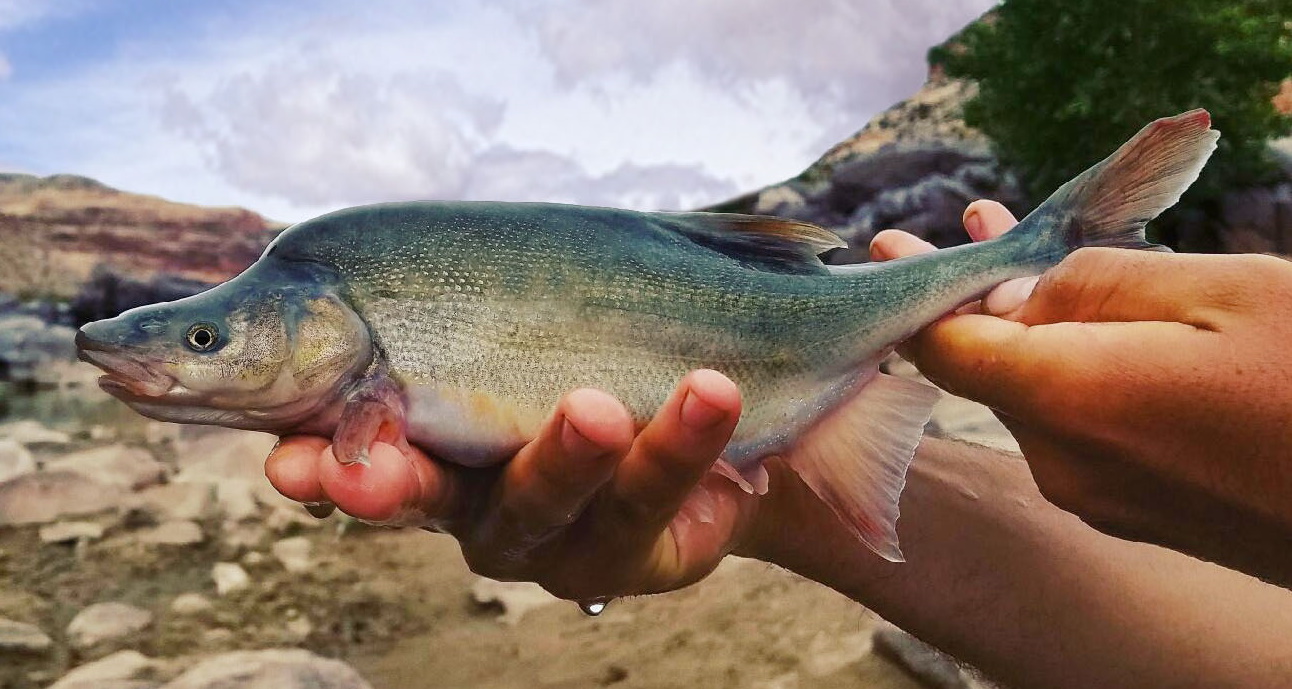
The Humpback Chub, native to the Colorado River Basin, is known for its distinctive hump behind its head. It thrives in the fast-flowing waters of the Grand Canyon but has been critically endangered due to damming and water diversion. Current conservation efforts have helped stabilize the population, which is now estimated at around 12,000 individuals. Ongoing efforts focus on restoring natural river flow and improving habitat conditions to ensure the species’ survival.
Madagascar Cichlids
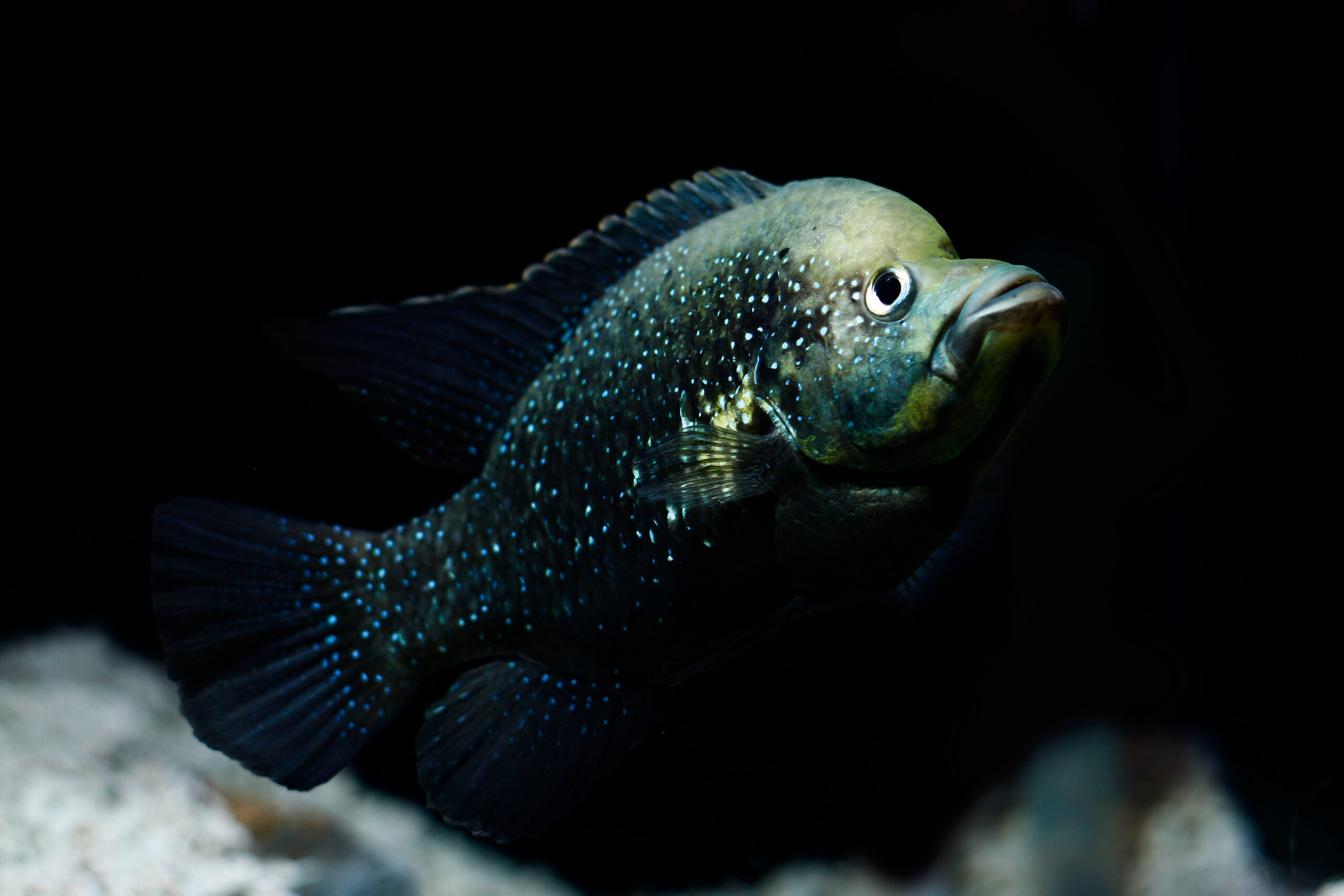
Madagascar Cichlids are a diverse group of freshwater fish, many of which are critically endangered due to habitat destruction and invasive species. Found only in Madagascar’s rivers and lakes, these cichlids play an important role in their ecosystems. Several species face extinction, with population numbers of some dropping below 1,000 individuals. Conservation programs are working to protect their habitats and establish breeding programs to prevent further loss.
This article originally appeared on Rarest.org.
More from Rarest.org
19 Most Elusive Classic Motorcycles Ever Made
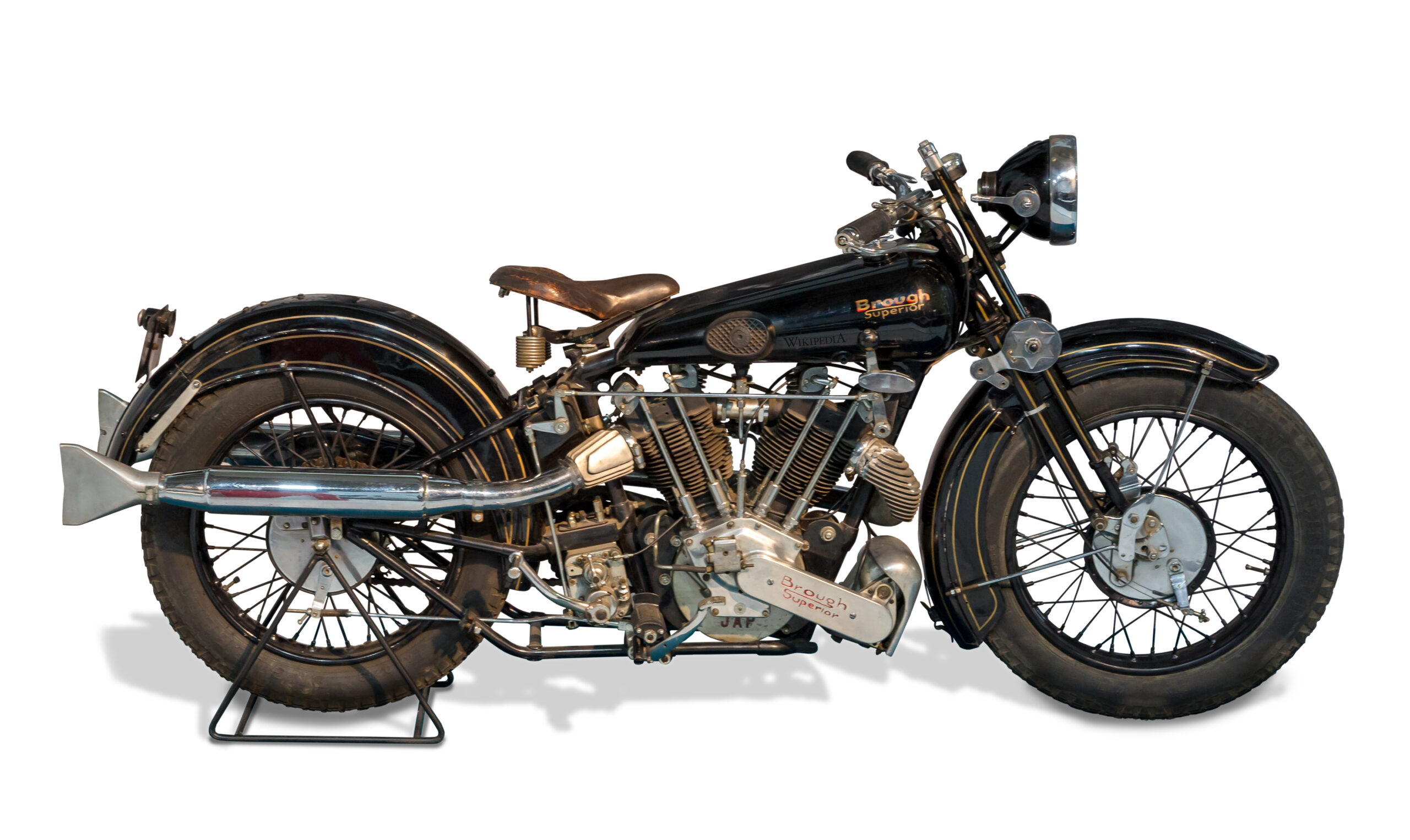
Classic motorcycles have an undeniable allure, and some of them remain the ultimate trophies for collectors. Read More.
22 Striking Reptiles with Unusual Color Patterns

Reptiles are known for their impressive variety, and some species boast truly striking color patterns. Read More.
9 Sought-After Vintage Holiday Decorations with Timeless Charm
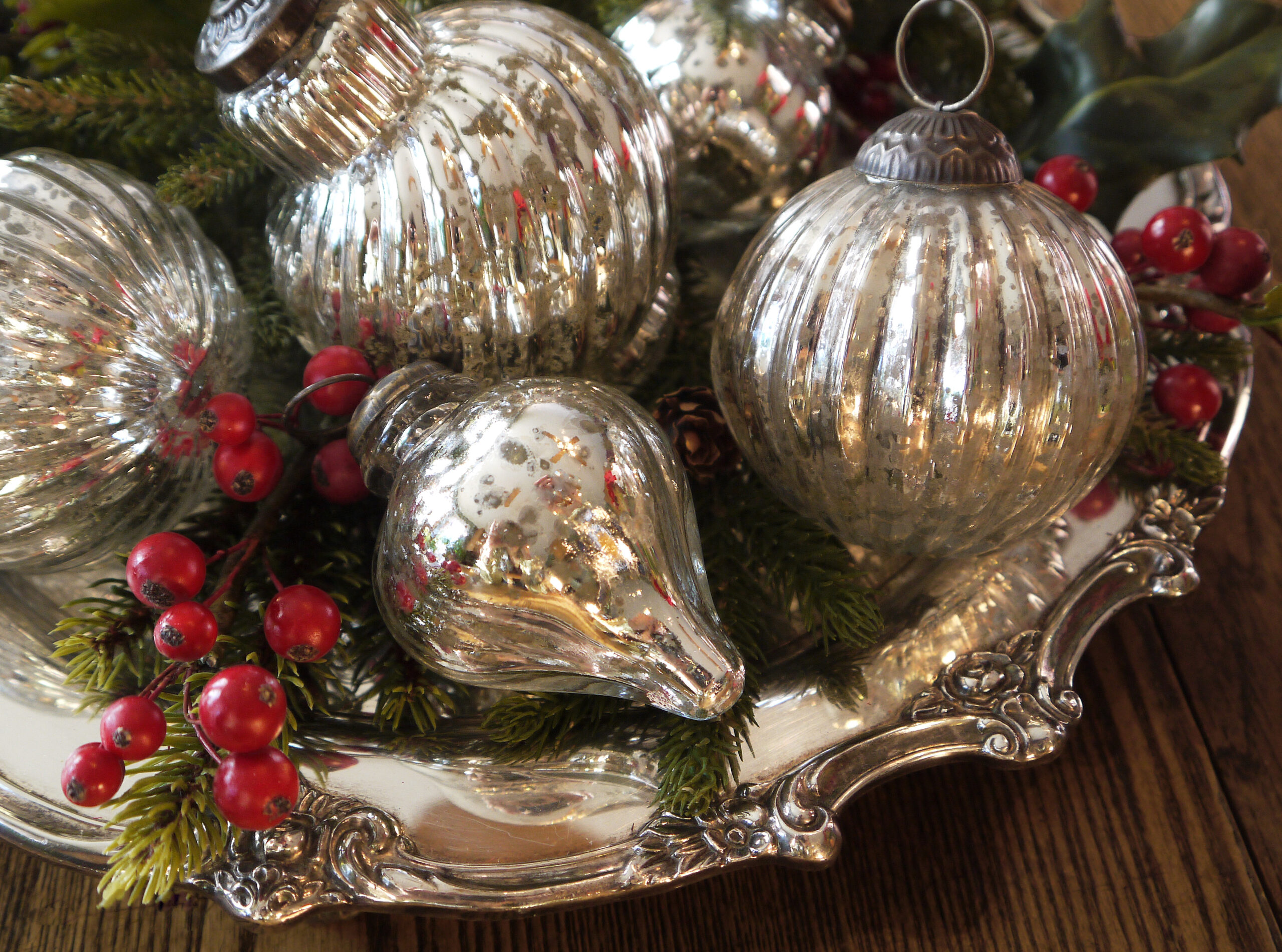
Vintage holiday decorations hold a special charm that transports us to a simpler time. These sought-after treasures have a timeless appeal, adding a nostalgic touch to any holiday setting. Read More.
